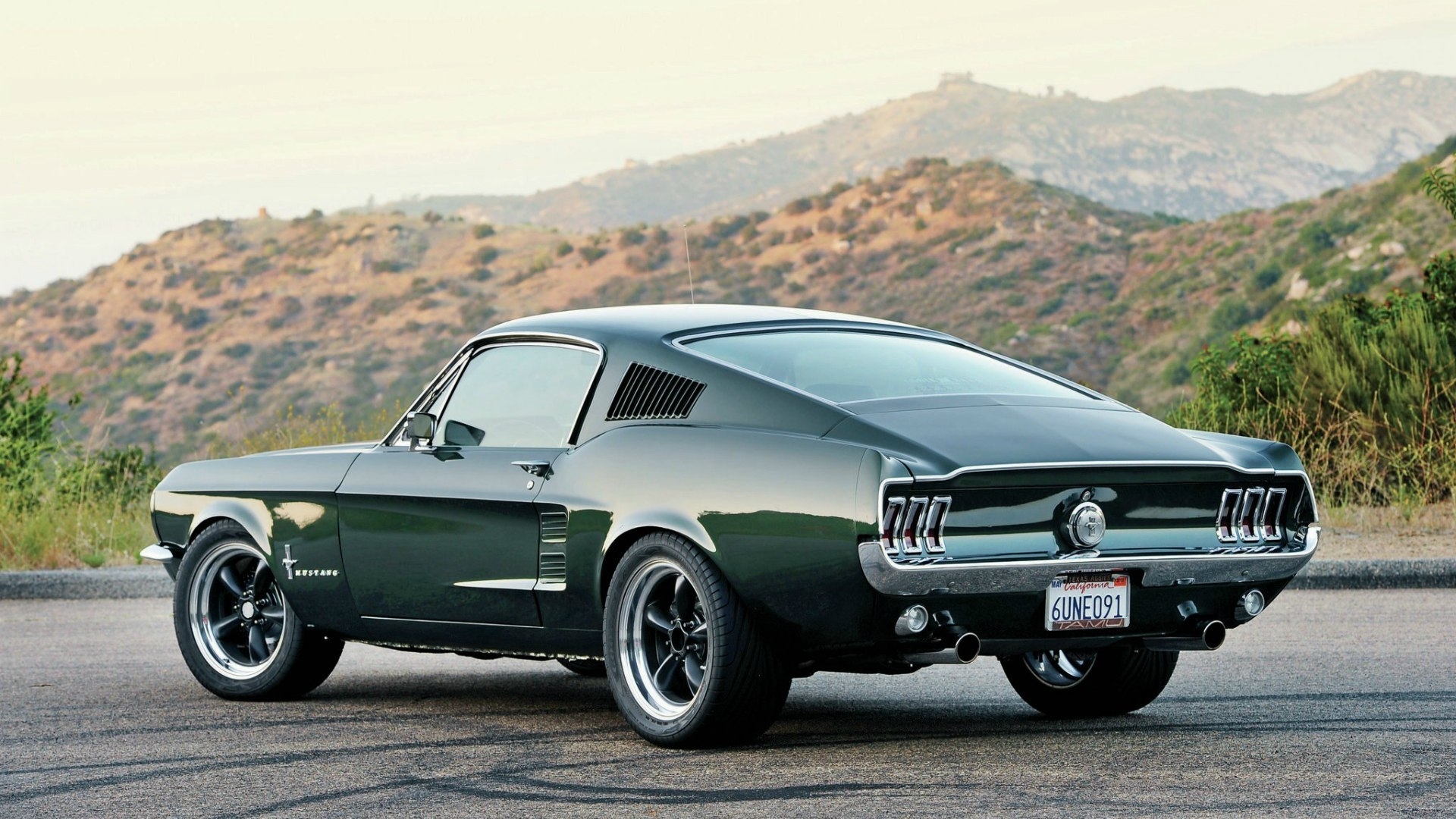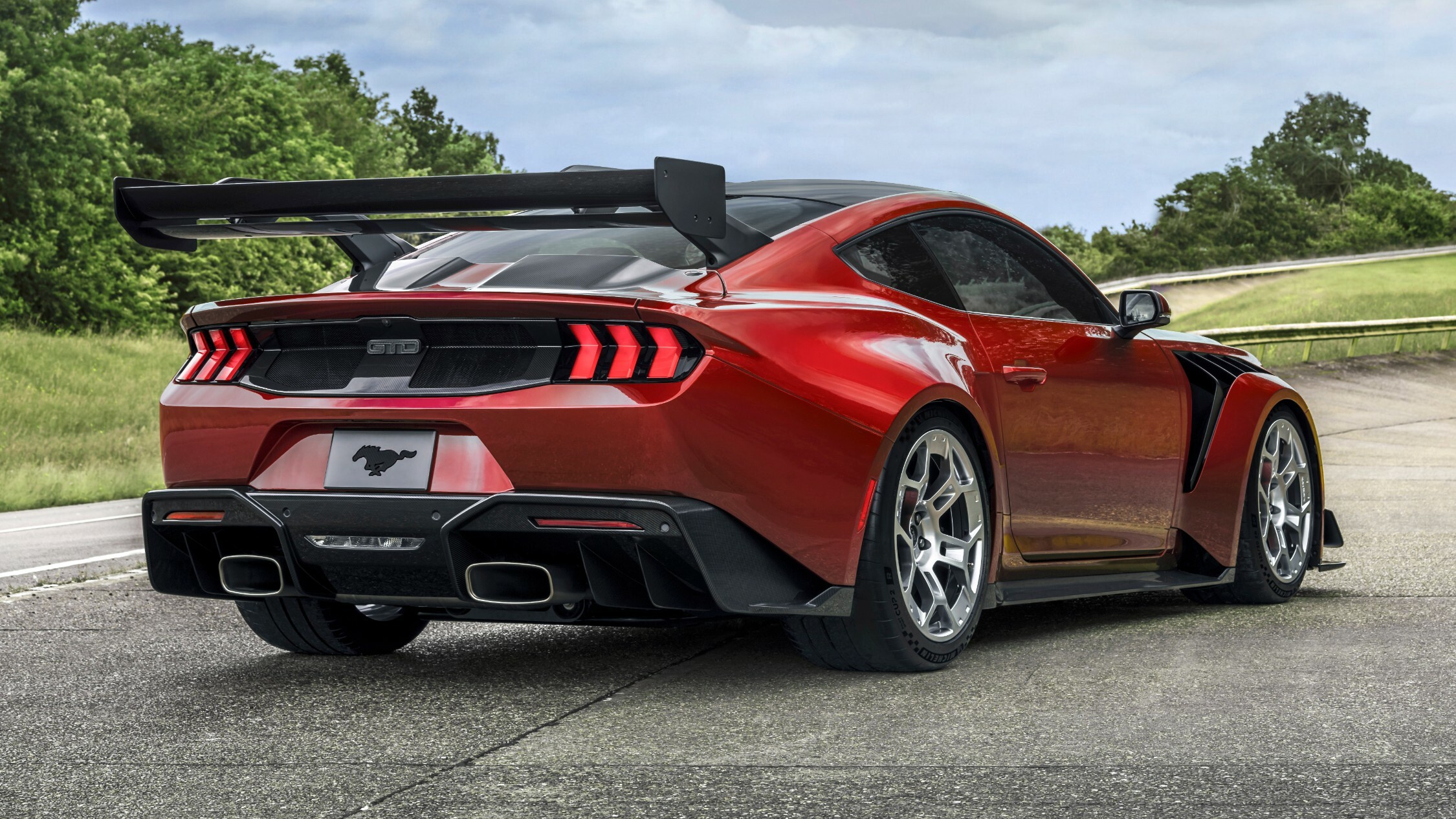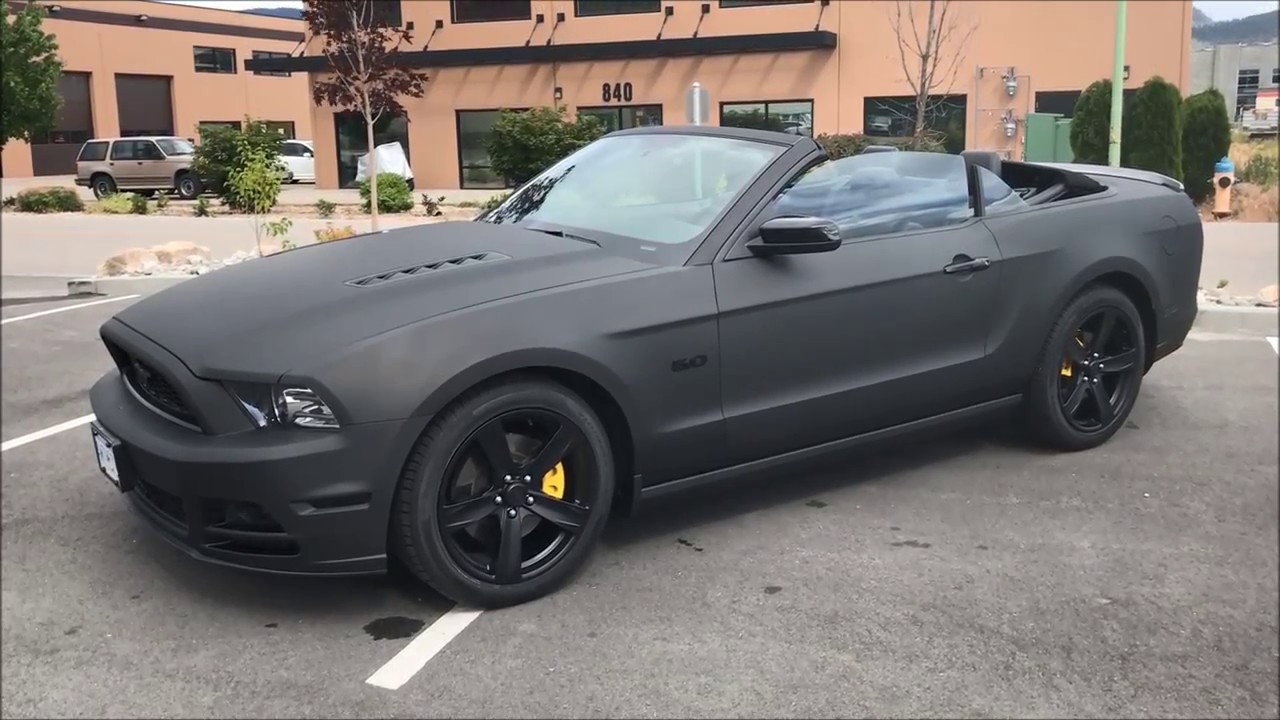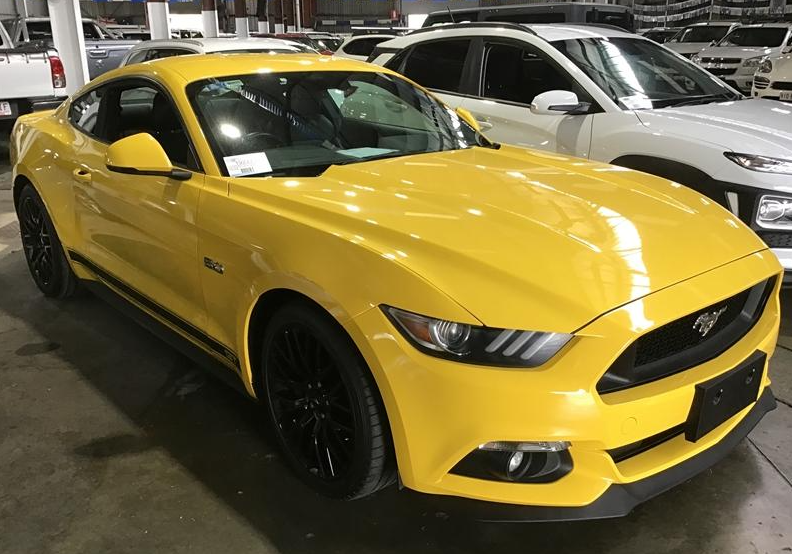The Ford Mustang Fastback is considered a classic car due to its iconic design, powerful performance, and lasting cultural impact. Introduced in the 1960s, its sleek, aerodynamic design and availability of powerful engine options made it a standout in the muscle car era, solidifying its place in automotive history.
The Ford Mustang Fastback’s status as a classic car is not merely due to its remarkable design or powerful performance; it’s a symbol of freedom, American ingenuity, and the golden age of muscle cars. Released in 1965 as part of the first-generation Mustang, the Fastback quickly gained popularity, thanks to its sleek silhouette and the availability of potent engine options.
More than just a car, the Mustang Fastback has been a cultural icon, thanks to its cinematic appearances, enthusiastic fan base, and strong presence in the world of classic car collectors. But why is the Ford Mustang Fastback so special, and why does it remain a classic to this day? In this article we will discuss the reasons behind its enduring appeal.
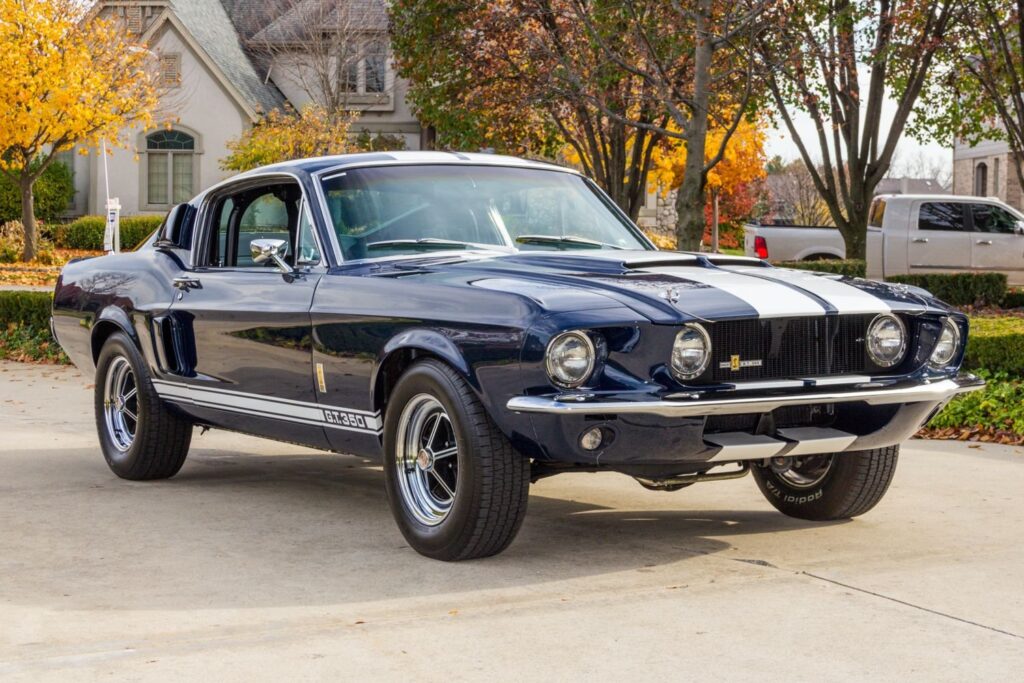
Contents
The Birth of the Mustang Fastback
The introduction of the Mustang Fastback marked a pivotal moment in the evolution of the Mustang lineup. With its sleek, aerodynamic design and powerful performance options, the Fastback quickly became a symbol of muscle car culture, captivating drivers and enthusiasts alike.
The Mustang’s Early Days
Before the introduction of the Mustang Fastback, Ford had already established a massive success with the release of the original Mustang in 1964. Designed as an affordable and stylish car that appealed to a broad audience, the Mustang became an instant hit, breaking sales records and becoming the template for the “pony car” category. With its mix of sporty styling, powerful engines, and an accessible price tag, the Mustang quickly became an iconic vehicle, and it wasn’t long before Ford sought to expand its lineup to include more performance-focused versions.
In 1965, the Mustang Fastback was introduced as an option within the Mustang lineup. Unlike the standard coupe and convertible models, the Fastback featured a unique sloped roofline that gave it a more aggressive and sleek profile. This design feature helped improve the car’s aerodynamics and performance while giving it a sporty, race-inspired look that would set it apart from other muscle cars of the time.
The Fastback’s introduction was a response to the growing demand for performance-oriented muscle cars that not only looked fast but were capable of delivering on the road. Ford capitalized on this trend, offering a Mustang variant that would become synonymous with American muscle car culture.
The Iconic 1965-1966 Mustang Fastback
The early 1965-1966 Mustang Fastback models are often considered the first true classic versions of the Mustang Fastback. With their combination of sleek design and potent engine options, these models laid the foundation for what would become one of the most celebrated cars in history. Featuring a design that was unique at the time, with a more athletic stance and a distinctive rear window, the 1965 Fastback appealed to buyers looking for both style and performance. These early models are especially sought after by collectors due to their rarity and historical significance.
The Evolution of the Mustang Fastback
Over the years, the Ford Mustang Fastback has evolved to meet the changing demands of car enthusiasts, offering more power, improved design, and advanced features. The evolution of the Fastback reflects the broader trends in muscle car design while maintaining its core identity as a high-performance vehicle.
1967-1968 Mustang Fastback: Power and Muscle
The Mustang Fastback underwent significant changes between 1967 and 1968, improving both in terms of performance and design. The 1967 model, with its larger body, more muscular stance, and enhanced features, marked a major departure from the earlier, smaller models. The more aggressive styling choices, including a more pronounced front grille and wider wheel arches, gave the Fastback a stronger, more dominant presence on the road.
Additionally, the 1967 and 1968 models featured engine options that pushed the limits of what a muscle car could achieve. The 390 cubic-inch V8 engine became available in 1967, delivering greater horsepower and torque, making the Fastback even more appealing to performance enthusiasts. The addition of the 428 Cobra Jet V8 engine in 1968 cemented the Mustang Fastback’s reputation as a powerhouse that could go toe-to-toe with the best muscle cars of the time.
The 1967-1968 Fastbacks also included improvements in comfort and luxury features, with options like power steering, air conditioning, and more advanced interior materials. These upgrades ensured that the Fastback wasn’t just about raw power but was also a car that could provide a comfortable and enjoyable driving experience.
1969-1970 Mustang Fastback: The Golden Age of Muscle Cars
The 1969-1970 Mustang Fastback models are often regarded as the peak of the Mustang’s muscle car lineage. These models featured striking new styling elements, including more aggressive lines, a wider stance, and the introduction of iconic variants like the Mach 1 and Boss 302. The addition of these performance-oriented trims made the Mustang Fastback even more competitive against other muscle cars on the market.
With the 1969 model, Ford introduced the now-legendary 428 Cobra Jet engine, which became synonymous with high-performance street and racing cars. The inclusion of the Boss 302 and Boss 429 engines further enhanced the Mustang Fastback’s performance credentials, making it one of the most potent muscle cars of the era. These models were also available with a range of features aimed at improving the driving experience, including performance suspension systems, heavy-duty brakes, and options for racing-inspired interiors.
The 1969-1970 Mustang Fastbacks are among the most desirable models for collectors, thanks to their unique combination of performance, aesthetics, and innovation. These years are often seen as the golden age of the Mustang, and they played a pivotal role in solidifying the Fastback’s place in American automotive history.
Performance: The Heart of the Mustang Fastback
The performance capabilities of the Mustang Fastback are what truly set it apart from other muscle cars of its era. With powerful engine options and a focus on high-speed stability, the Fastback was built to deliver an exhilarating driving experience.
Engine Power and Performance Capabilities
One of the key reasons the Ford Mustang Fastback is considered a classic car is its performance capabilities. From the very beginning, the Fastback variant was built with power in mind. The availability of various V8 engine options allowed buyers to choose a performance level that suited their needs, from the 289 V8 in the early models to the 428 Cobra Jet V8 in the late 1960s. These engines provided blistering acceleration, high top speeds, and the unmistakable growl that defined muscle car performance.
The Mustang Fastback’s powertrain options were designed to compete with the best muscle cars on the market, such as the Chevrolet Camaro and Pontiac GTO. These cars were built to dominate the street and the drag strip, and the Fastback was no exception. Whether you opted for the 271 horsepower 289 V8 or the 335 horsepower 428 Cobra Jet, the Mustang Fastback was engineered for speed and performance.
Handling and Driving Experience
In addition to raw power, the Mustang Fastback was designed to deliver a thrilling driving experience. The car’s chassis and suspension systems were tuned for high-performance driving, allowing the Fastback to handle corners, high-speed straights, and even some track days with ease. While modern muscle cars have surpassed the Fastback in terms of handling and braking, the Fastback still holds a special place for its ability to offer a balanced and engaging driving experience that appealed to a wide range of enthusiasts.
Cultural Significance and Hollywood Fame
The Mustang Fastback’s cultural impact extends far beyond the automotive world, especially due to its prominent role in Hollywood films. Its appearances in iconic movies have solidified the Fastback as a symbol of American performance and coolness, influencing generations of car enthusiasts.
The Fastback’s Role in Pop Culture
Another reason the Ford Mustang Fastback is considered a classic car is its cultural impact, especially in film and television. One of the most iconic moments in automotive history came in 1968, when Steve McQueen drove a Highland Green 1968 Mustang Fastback in the film Bullitt. The high-speed chase scene became legendary, and the Mustang Fastback became an instant cultural symbol of rebellion, freedom, and coolness. McQueen’s portrayal of a gritty, no-nonsense cop paired perfectly with the Mustang’s aggressive stance, cementing its place in Hollywood history.
Since then, the Mustang Fastback has appeared in numerous films, TV shows, and advertisements, reinforcing its status as a cultural icon. This cinematic exposure helped the Mustang Fastback transcend the automotive world, becoming an emblem of American performance and style.
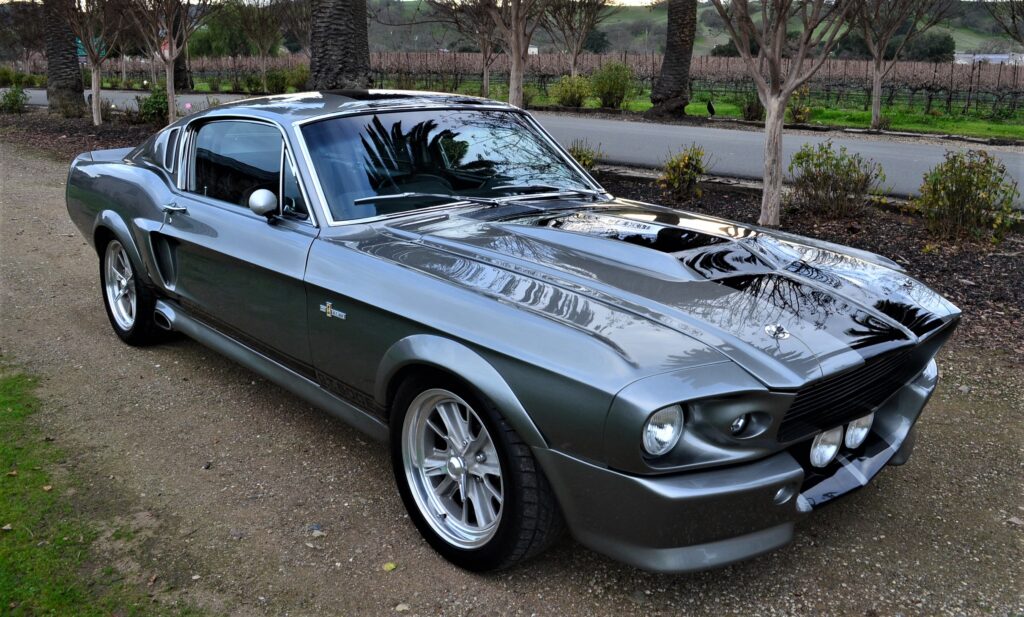
The Mustang Fastback’s Enduring Popularity
Over the decades, the Ford Mustang Fastback has continued to captivate car enthusiasts and collectors alike. Its timeless design, performance pedigree, and cultural significance ensure that it remains one of the most sought-after classic cars in the world.
A Collector’s Dream
Today, the Mustang Fastback remains one of the most sought-after classic cars on the market. With its stunning design, powerful performance, and rich history, the Fastback continues to captivate automotive collectors and enthusiasts. Models from the 1960s, particularly those in original condition or those that have been restored to their former glory, command impressive prices at auctions and are often featured in car museums around the world.
Despite being nearly 60 years old, the Mustang Fastback has maintained its appeal to new generations of car enthusiasts. Its place in automotive history ensures its continued popularity, and as a result, the Mustang Fastback is often considered the quintessential American muscle car.
Frequently Asked Questions
Here are some FAQs about Ford Mustang Fastback –
1. What makes the Ford Mustang Fastback a classic car?
The Ford Mustang Fastback is considered a classic due to its iconic design, powerful performance, and cultural significance, particularly its impact in movies like Bullitt.
2. When was the Mustang Fastback first introduced?
The Mustang Fastback was first introduced in 1965 as part of the first-generation Mustang lineup.
3. Why is the 1968 Mustang Fastback so iconic?
The 1968 Mustang Fastback became iconic due to its appearance in the film Bullitt, where it was driven by Steve McQueen in a legendary high-speed chase.
4. Can I still find Mustang Fastbacks today?
Yes, Mustang Fastbacks are still available for sale through classic car dealers, auctions, and restoration shops, with many models being restored to original condition.
Conclusion
The Ford Mustang Fastback’s status as a classic car is not merely a result of its design or performance; it’s the combination of both, coupled with its profound cultural impact, that makes it such a significant piece of automotive history. From its debut in the mid-1960s to its continued reverence by collectors today, the Mustang Fastback embodies the essence of American muscle. Its timeless appeal, unmatched performance, and lasting legacy ensure that the Ford Mustang Fastback will always remain a true classic in the world of automobiles.

